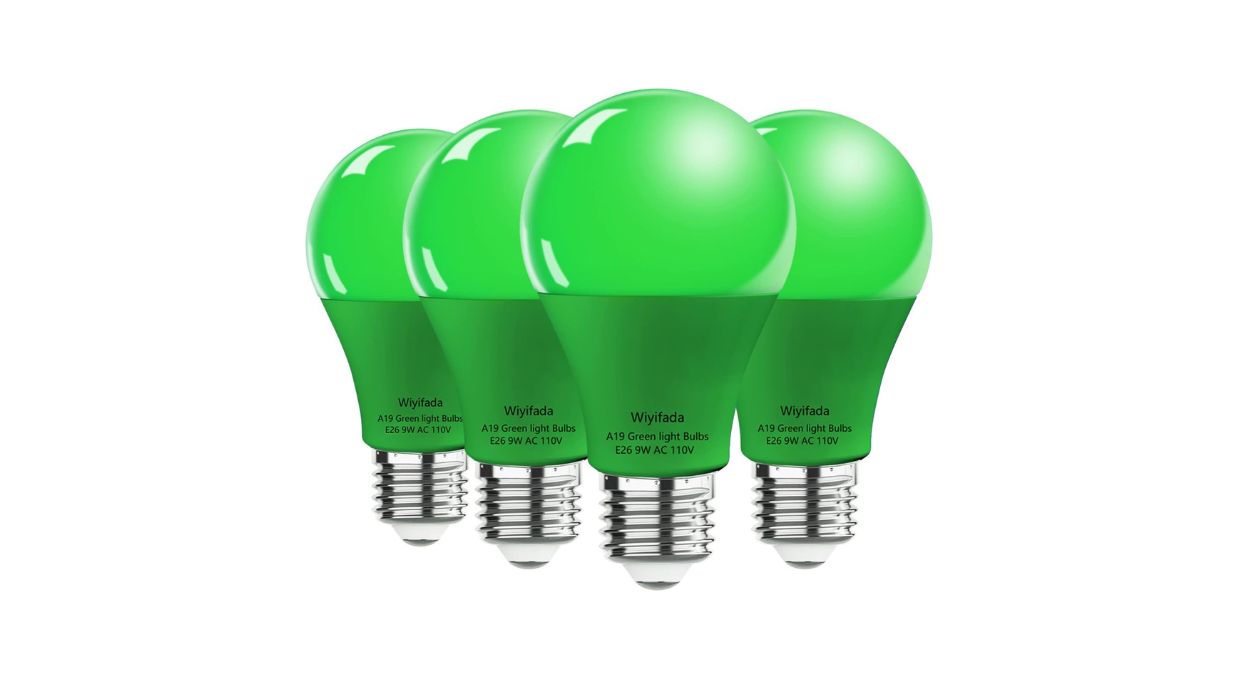

Articles
What Does A Green Light Bulb Mean
Modified: December 7, 2023
Discover the meaning behind a green light bulb in our informative articles. Gain insights and knowledge on its significance and uses.
(Many of the links in this article redirect to a specific reviewed product. Your purchase of these products through affiliate links helps to generate commission for Storables.com, at no extra cost. Learn more)
Introduction
Light bulbs have been an essential part of our lives for over a century, providing illumination and convenience in our homes, offices, and public spaces. However, not all light bulbs are created equal, and different colors can hold different meanings and purposes. In this article, we will explore the significance of a green light bulb and the various ways it is utilized in different settings.
The color green has long been associated with nature, growth, and harmony. It represents renewal, freshness, and balance. When it comes to light bulbs, a green hue can have specific meanings and uses that go beyond simple lighting. Let’s delve into the deeper meaning of a green light bulb and discover its common applications.
Key Takeaways:
- Green light bulbs symbolize environmental awareness, mental health support, and community initiatives, promoting growth, balance, and harmony while offering practical benefits like energy efficiency and longer lifespans.
- Incorporating green light into spaces creates a calming atmosphere, promotes relaxation, and enhances well-being, while also contributing to energy conservation and reducing environmental impact.
Read more: What Does A Dimmable Light Bulb Mean?
Meaning of a Green Light Bulb
A green light bulb carries symbolic meaning and is often used to convey a message or raise awareness about certain causes or events. Here are some of the common meanings associated with a green light bulb:
- Environmental Awareness: Green light bulbs are frequently used to promote environmental awareness and sustainability. They serve as a visual reminder to conserve energy, reduce waste, and adopt eco-friendly practices. By using green light bulbs, individuals and organizations can show their commitment to protecting the planet and spreading the message of environmental consciousness.
- Mental Health Support: Green light bulbs are also used to symbolize support for mental health initiatives and organizations. The color green is often associated with mental well-being and tranquility. By using green bulbs, people show their solidarity with those affected by mental health issues and their dedication to promoting mental wellness.
- Celebrating and Honoring: In some cases, green light bulbs are used to celebrate and honor specific events or persons. For example, during Saint Patrick’s Day, green light bulbs are commonly used to create festive and vibrant displays. Green light bulbs may also be used to honor military veterans or as a symbol of hope and resilience during times of crisis.
- Awareness for Diseases: Certain diseases and conditions are associated with the color green, and using green light bulbs can help raise awareness and support research efforts. For instance, green light bulbs are used to bring attention to conditions such as Lyme disease, kidney disease, and liver disease. By illuminating with green light, individuals and communities can express solidarity and empathy towards those affected by these illnesses.
- Community Initiatives: Green light bulbs are sometimes used to symbolize community initiatives and improvements. They can represent efforts towards creating greener and more sustainable neighborhoods, promoting community gardens, or supporting local environmental projects. By using green light bulbs, individuals and communities can showcase their unity and commitment to building a better and more environmentally-conscious society.
It is important to note that the meaning of a green light bulb can vary depending on the context and the specific cause or event it is associated with. The intention behind using green light bulbs is to raise awareness, promote positive messages, and spark conversations about important issues.
Common Uses of Green Light Bulbs
Green light bulbs have a wide range of practical applications in various settings. Here are some of the common uses of green light bulbs:
- Outdoor Lighting: Green light bulbs are often used for outdoor lighting purposes such as garden illumination, pathway lighting, or highlighting specific landscape features. The green glow adds a touch of enchantment and creates a soothing ambiance in outdoor spaces.
- Decorative Lighting: Green light bulbs are popular choices for decorative purposes, especially during festive occasions. They can be used to create a whimsical and vibrant atmosphere for parties, events, or holiday celebrations.
- Nightlights: Green light bulbs are commonly used as nightlights, particularly in children’s bedrooms. The gentle green glow provides a calming effect, promoting relaxation and a peaceful sleep environment.
- Therapeutic Settings: Green light bulbs are often utilized in therapeutic settings such as spas, wellness centers, and meditation rooms. The color green is associated with relaxation, balance, and harmony, making it an ideal choice for creating a serene and tranquil ambiance.
- Photography and Filmmaking: Green light bulbs are used in photography and filmmaking to create specific lighting effects or achieve a desired color temperature. They can be employed to create dramatic or surreal visual effects, especially in studios and controlled lighting environments.
- Displays and Exhibitions: Green light bulbs are used in displays and exhibitions to draw attention to specific areas or objects. They can be used to highlight artworks, artifacts, or promotional materials, creating an appealing visual contrast and making them stand out.
- Safety Lighting: Green light bulbs are utilized in safety lighting applications, such as exit signs or emergency lighting systems. The noticeable green glow helps guide people to safety during critical situations or emergencies.
These are just a few examples of the common uses of green light bulbs. Their versatility, along with the symbolic meaning they carry, makes them a popular choice for various lighting applications in both residential and commercial settings.
Symbolism of Green Light
The color green holds deep symbolism and significance in many cultures and contexts. When it comes to light, the symbolism of green light takes on various interpretations:
- Nature and Growth: Green is strongly associated with nature, representing growth, renewal, and harmony. The color brings to mind lush forests, vibrant foliage, and the vitality of life. Green light can evoke feelings of serenity, freshness, and connection with the natural world.
- Balance and Harmony: Green is often associated with balance and harmony, both externally and internally. It is considered a color of equilibrium, helping to restore and maintain a sense of calm and stability. Green light can create a peaceful atmosphere, promoting a sense of well-being and tranquility.
- Healing and Rejuvenation: Green is believed to have a healing and rejuvenating effect on the mind and body. It is often associated with health, vitality, and rejuvenation. Exposure to green light is said to promote relaxation, reduce stress, and enhance focus and concentration.
- Hope and Renewal: Green is also commonly associated with hope and renewal. It symbolizes the promise of new beginnings and fresh opportunities. Green light can inspire feelings of optimism, positivity, and a sense of hope for the future.
- Environmental Consciousness: In the context of sustainability and environmental awareness, green light holds a powerful symbolism. It represents a commitment to protecting the environment, conserving energy, and embracing eco-friendly practices. Green light bulbs are often used as a visual reminder to adopt sustainable habits and promote a greener future.
- Openness and Growth: Green light can symbolize openness to new ideas, growth, and expansion. It is associated with the concept of abundance, both in terms of personal growth and opportunities for progress and development.
- Social and Cultural Significance: Green holds cultural and social significance in various contexts. For example, in the United States, green is associated with St. Patrick’s Day and Irish heritage. In Islam, green is considered a sacred color and is often associated with the Prophet Muhammad.
The symbolism of green light can vary depending on cultural, personal, and contextual factors. However, the common themes of nature, growth, harmony, and vitality are recurrent elements in its interpretation.
By understanding the symbolism of green light, we can harness its power to create meaningful experiences, promote well-being, and convey important messages in various aspects of our lives.
A green light bulb typically represents environmental awareness or support for environmental causes. It can also symbolize mental health awareness or support for veterans.
Benefits of Using Green Light Bulbs
Using green light bulbs offers several unique benefits, ranging from aesthetic appeal to health and environmental considerations. Here are some of the key advantages of using green light bulbs:
- Soothing and Relaxing: Green light has a calming effect on the mind and body, making it an ideal choice for creating a tranquil and peaceful atmosphere. Using green light bulbs in spaces such as bedrooms, meditation rooms, or spas can promote relaxation, reduce stress, and improve overall well-being.
- Enhanced Visual Perception: Green light is gentle on the eyes and can improve visual perception in low-light conditions. It provides better contrast and depth perception compared to other colors, making it easier to navigate and see details in dimly lit environments, such as hallways or outdoor pathways.
- Eco-Friendly Lighting Option: Green light bulbs are often energy-efficient, consuming less electricity and reducing environmental impact. By choosing green light bulbs with energy-saving features such as LED technology, you can reduce energy consumption and lower your carbon footprint.
- Longer Lifespan: Green light bulbs, especially those utilizing LED technology, have a longer lifespan compared to traditional incandescent bulbs. They require less frequent replacement, leading to cost savings and less waste generated. This longevity contributes to sustainable and efficient lighting solutions.
- Positive Symbolism and Messaging: Green light bulbs carry positive symbolism and can be used to convey messages of environmental consciousness, mental well-being, or support for specific causes. By using green light bulbs, you can visually communicate your values, encourage conversations, and create a sense of unity and awareness within your community or organization.
- Easier on the Environment: Green light bulbs are typically free of hazardous materials such as mercury. This makes them safer to use and dispose of, reducing the environmental impact compared to bulbs containing harmful substances. Choosing green light bulbs not only benefits your immediate surroundings but also contributes to overall environmental sustainability.
- Versatile and Decorative: Green light bulbs are versatile and can be used for various decorative purposes. They offer unique and eye-catching lighting effects, adding visual interest and enhancing the ambiance of a space for both practical and aesthetic reasons.
By considering these benefits, you can make informed choices when it comes to selecting green light bulbs for your lighting needs. Whether you aim to create a calming environment, promote energy efficiency, or signal your support for important causes, green light bulbs provide a range of advantages that go beyond simple illumination.
Read more: What Does A Green Front Porch Light Mean
Effects of Green Light on Mental and Physical Health
The color green has been scientifically proven to have positive effects on mental and physical health. Here are some of the ways in which green light can impact our well-being:
- Relaxation and Stress Reduction: Green light has a calming and soothing effect on the nervous system. It helps to reduce stress, relieve anxiety, and promote relaxation. Exposure to green light can lead to a decrease in heart rate, lower blood pressure, and a sense of overall tranquility.
- Mood Enhancement: Green light has the ability to uplift our mood and improve emotional well-being. It is associated with feelings of balance, harmony, and positivity. Spending time in environments illuminated with green light can boost mood, decrease symptoms of depression, and enhance overall emotional state.
- Improved Focus and Concentration: Green light can enhance cognitive function and increase focus and concentration. It facilitates mental clarity and improves attention span, making it beneficial for work or study environments. Exposure to green light has been shown to enhance productivity and cognitive performance.
- Better Sleep Quality: Green light has a unique impact on our sleep patterns. Exposure to green light in the evening promotes the production of melatonin, the hormone responsible for regulating sleep. Using green light bulbs or filters in the evening can help improve sleep quality and regulate circadian rhythms.
- Visual Comfort: Green light is easier on the eyes than other colors, reducing eye strain and fatigue. It provides better visual contrast, making it easier to see details in low-light conditions. This can be particularly beneficial in workspaces or areas where visual precision is required.
- Positive Impact on Plants: Green light has a positive effect on plant growth and photosynthesis. It stimulates the chlorophyll in plants, aiding in their development and overall health. Using green light bulbs for indoor gardening or plant cultivation can promote robust growth and ensure healthier plants.
- General Well-being: Exposure to green light has been linked to an overall sense of well-being and improved quality of life. It fosters a connection to nature and the environment, promoting feelings of harmony and vitality.
It is important to note that individual experiences and susceptibility to light may vary. While green light has many positive effects on mental and physical health, it is important to be mindful of personal preferences and sensitivities. If you have specific health conditions or concerns, it is recommended to consult with a healthcare professional for personalized advice.
By incorporating green light into our environments, we can harness its therapeutic properties and improve our well-being in various aspects of our lives.
Environmental Considerations of Green Light Bulbs
When it comes to choosing light bulbs, considering their impact on the environment is essential. Green light bulbs offer several environmental benefits compared to traditional incandescent bulbs. Here are some key environmental considerations to keep in mind:
- Energy Efficiency: Green light bulbs, particularly those utilizing LED (light-emitting diode) technology, are highly energy-efficient. They consume significantly less electricity compared to traditional incandescent bulbs, resulting in reduced energy consumption and lower utility bills. Switching to green light bulbs can make a significant difference in reducing greenhouse gas emissions and decreasing your carbon footprint.
- Longer Lifespan: Green light bulbs, such as LED bulbs, have a longer lifespan compared to incandescent bulbs. LED bulbs can last up to 25 times longer, requiring fewer replacements. This results in less waste in terms of discarded bulbs and reduces the production and disposal of bulbs, contributing to overall sustainability.
- Mercury-Free: Green light bulbs are typically free of hazardous substances like mercury, which is commonly found in traditional fluorescent bulbs. The absence of mercury makes them safer to use, handle, and dispose of. Choosing green light bulbs helps to minimize the release of toxic substances into the environment.
- Reduced Environmental Impact: Green light bulbs have a lower environmental impact in terms of manufacturing, transportation, and disposal. By using energy-efficient and long-lasting green light bulbs, fewer resources are required for production, and less waste is generated. This contributes to the conservation of natural resources, reduces pollution associated with bulb production, and minimizes the strain on landfills.
- Recyclability: Green light bulbs, particularly LED bulbs, are highly recyclable. Many municipalities and recycling centers accept LED bulbs for proper disposal and recycling. By recycling green light bulbs, valuable materials can be recovered and reused, minimizing the demand for new resources and reducing environmental impact.
- Eco-Friendly Materials: Green light bulbs are often made with eco-friendly materials, such as recyclable plastics and metals, that have a lower environmental impact. By choosing green light bulbs from reputable manufacturers that prioritize sustainability, you can support the use of environmentally friendly materials in lighting products.
Considering the environmental impact of our choices is crucial for the well-being of both the planet and future generations. By opting for green light bulbs, we can make a positive impact on the environment, reduce energy consumption, and contribute to the overall sustainability of our lighting practices.
Conclusion
The vibrant and versatile green light bulb holds deeper meaning and significance beyond its illumination. Whether used for environmental awareness, mental health support, or decorative purposes, the green light bulb symbolizes growth, balance, and harmony. Its benefits extend beyond aesthetics, impacting both our mental and physical well-being.
By using green light bulbs, we can create spaces that promote relaxation, reduce stress, and enhance visual comfort. The calming effects of green light can improve our mood, concentration, and overall emotional well-being. Moreover, green light bulbs offer energy efficiency, longer lifespans, and reduced environmental impact compared to traditional incandescent bulbs.
The symbolism and practical uses of green light bulbs are vast. From outdoor lighting and decorative purposes to therapeutic settings and safety applications, green light bulbs offer versatility and a sense of environmental consciousness. They serve as visual reminders of our commitment to sustainability, mental health support, and community initiatives.
Considering the environmental impact of our lighting choices is crucial. Green light bulbs, particularly those utilizing LED technology, contribute to energy conservation, reduce greenhouse gas emissions, and minimize waste. They are free of hazardous substances like mercury and are often made with eco-friendly materials, supporting a greener and more sustainable future.
Incorporating green light into our everyday lives allows us to embrace the tranquility of nature, improve our well-being, and make a positive impact on the environment. So, let’s choose green light bulbs and illuminate our spaces with the power of growth, balance, and harmony.
Frequently Asked Questions about What Does A Green Light Bulb Mean
Was this page helpful?
At Storables.com, we guarantee accurate and reliable information. Our content, validated by Expert Board Contributors, is crafted following stringent Editorial Policies. We're committed to providing you with well-researched, expert-backed insights for all your informational needs.

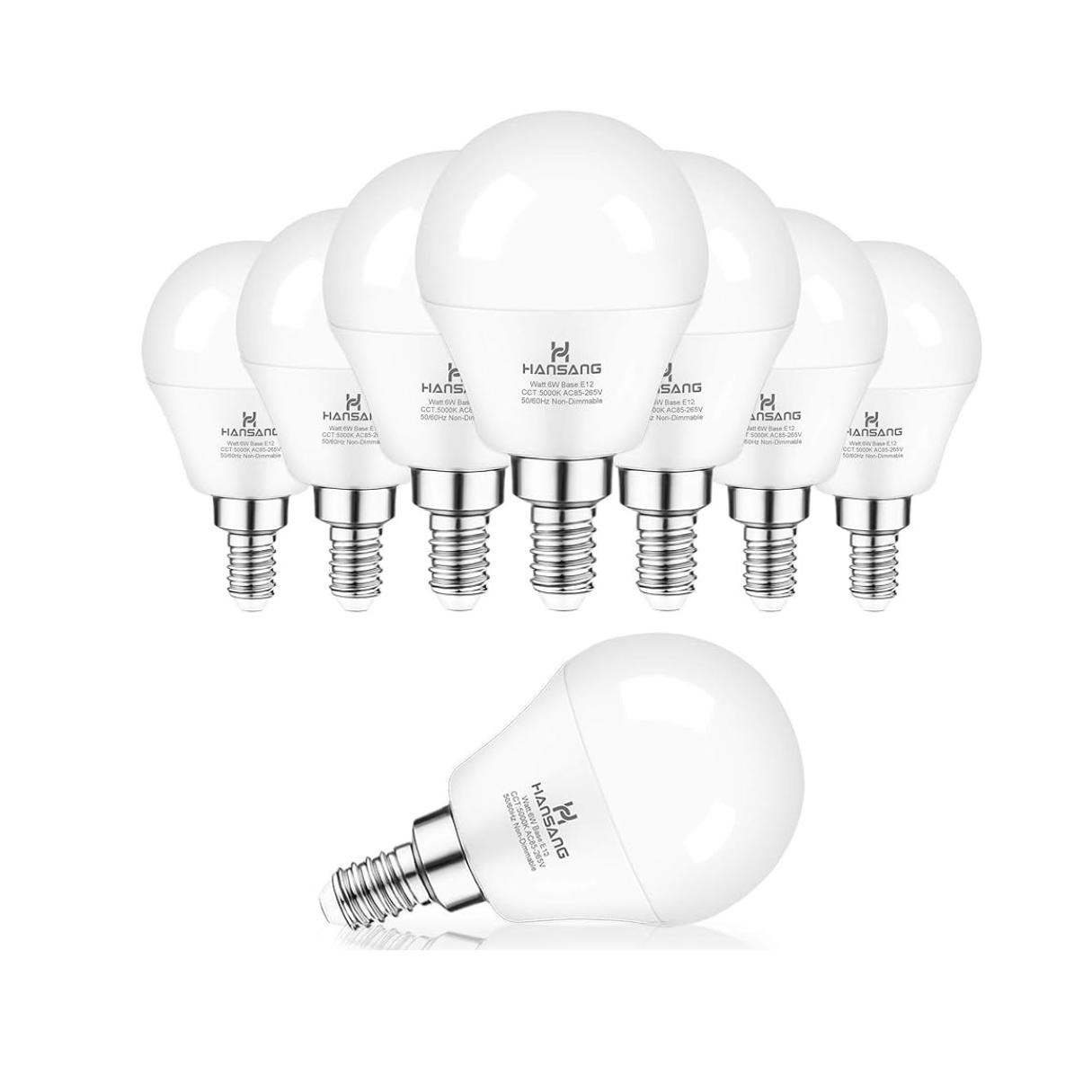

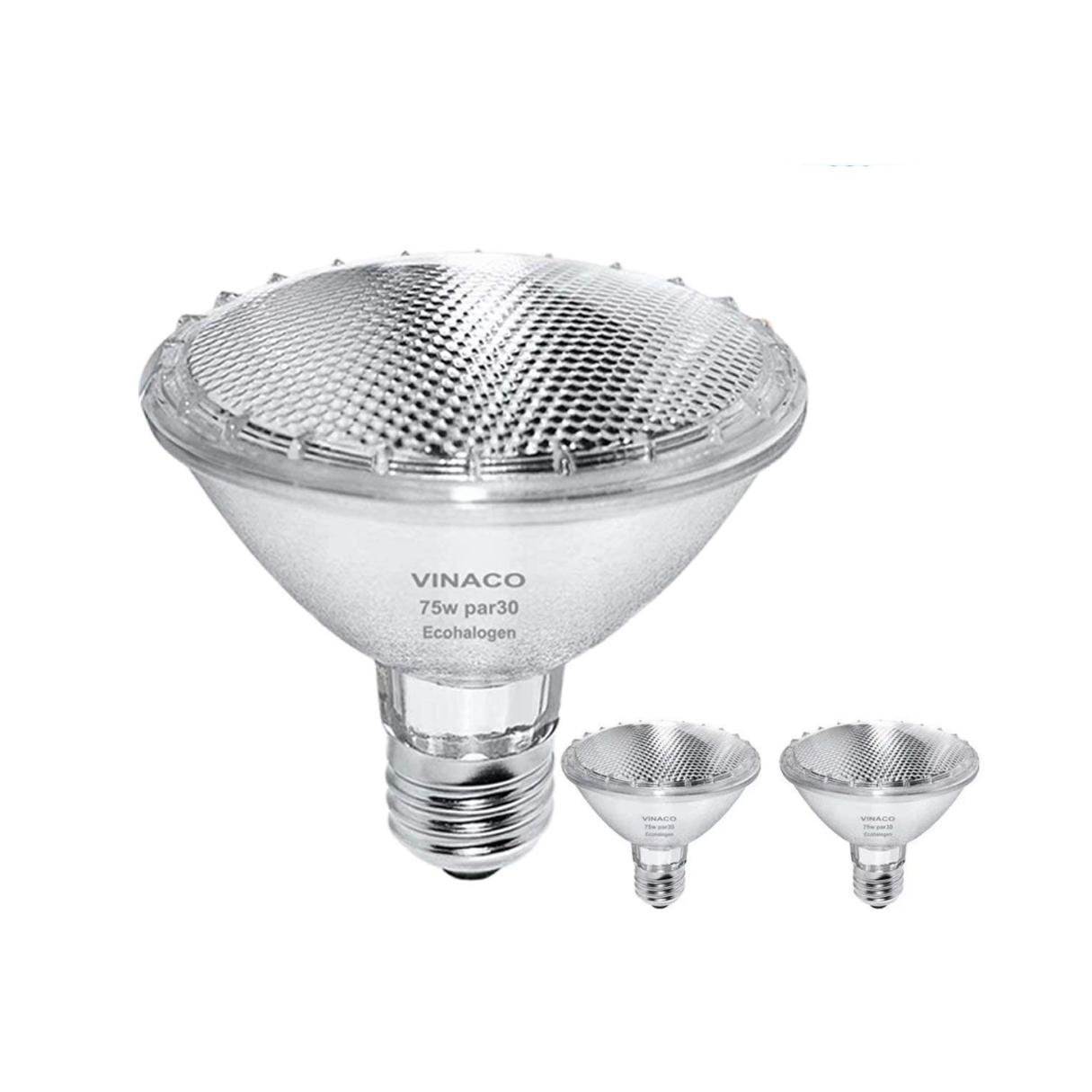

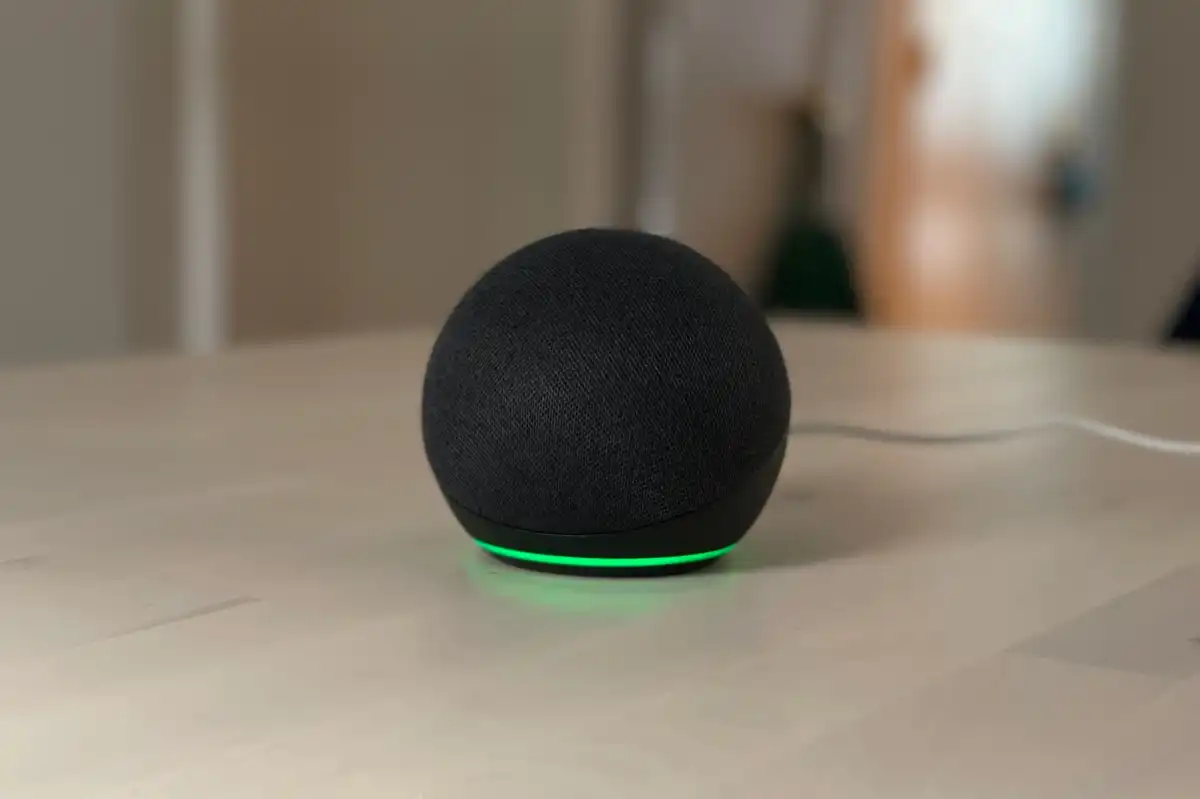

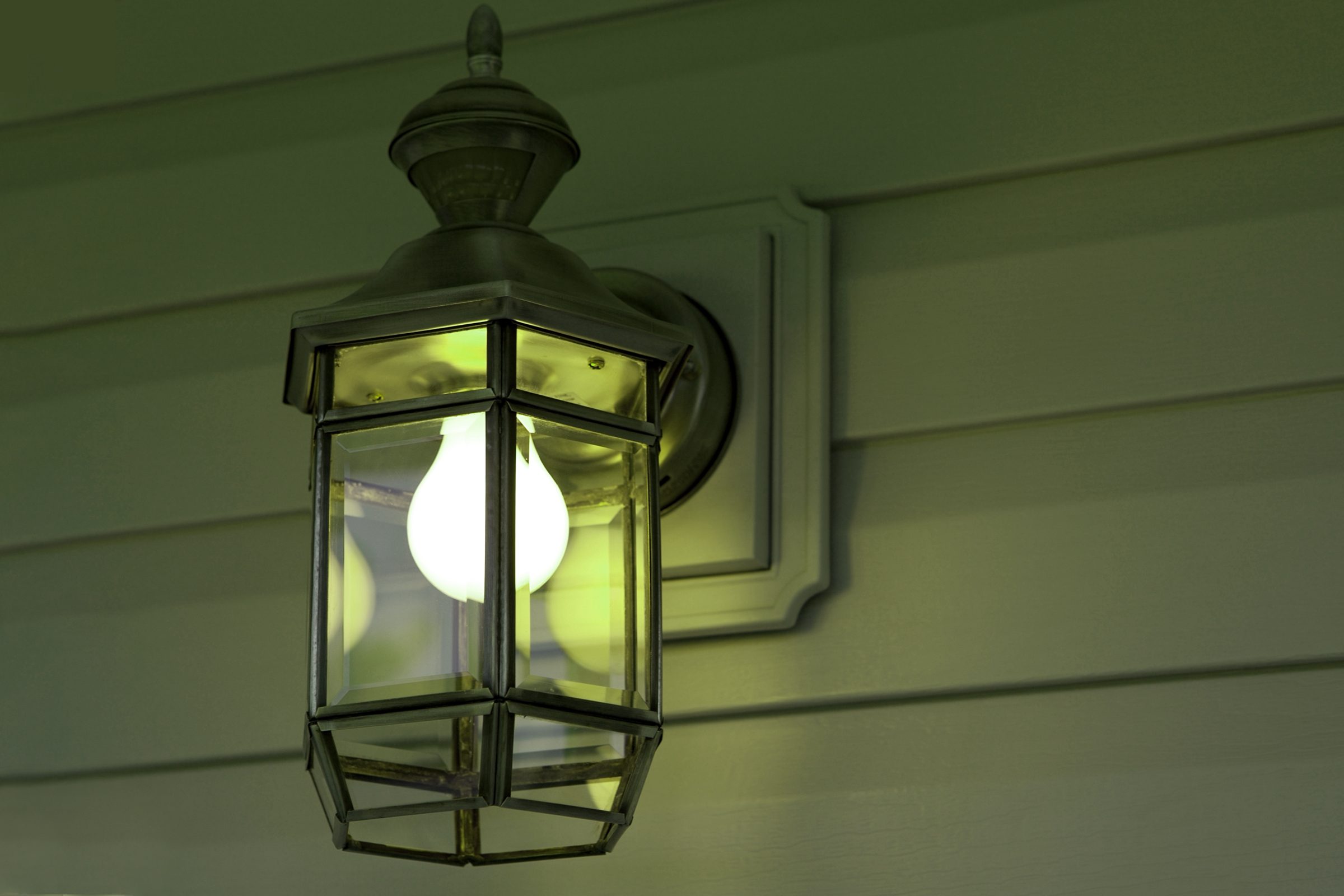
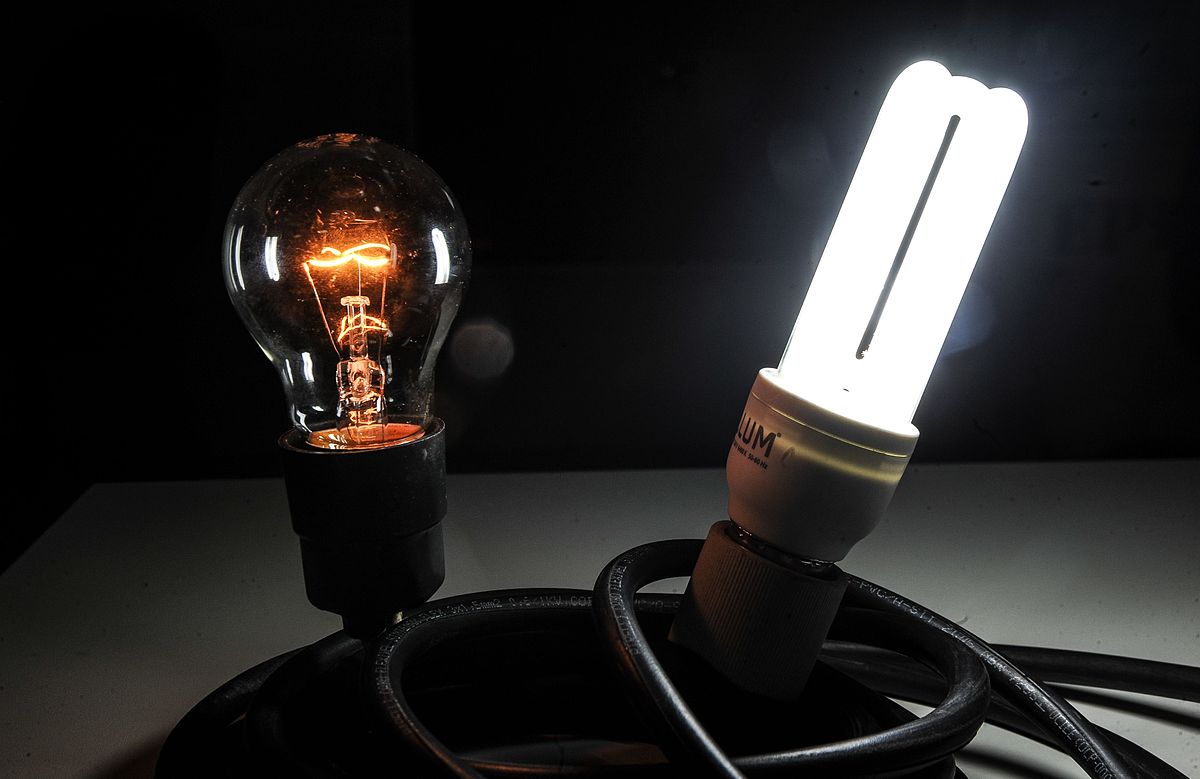
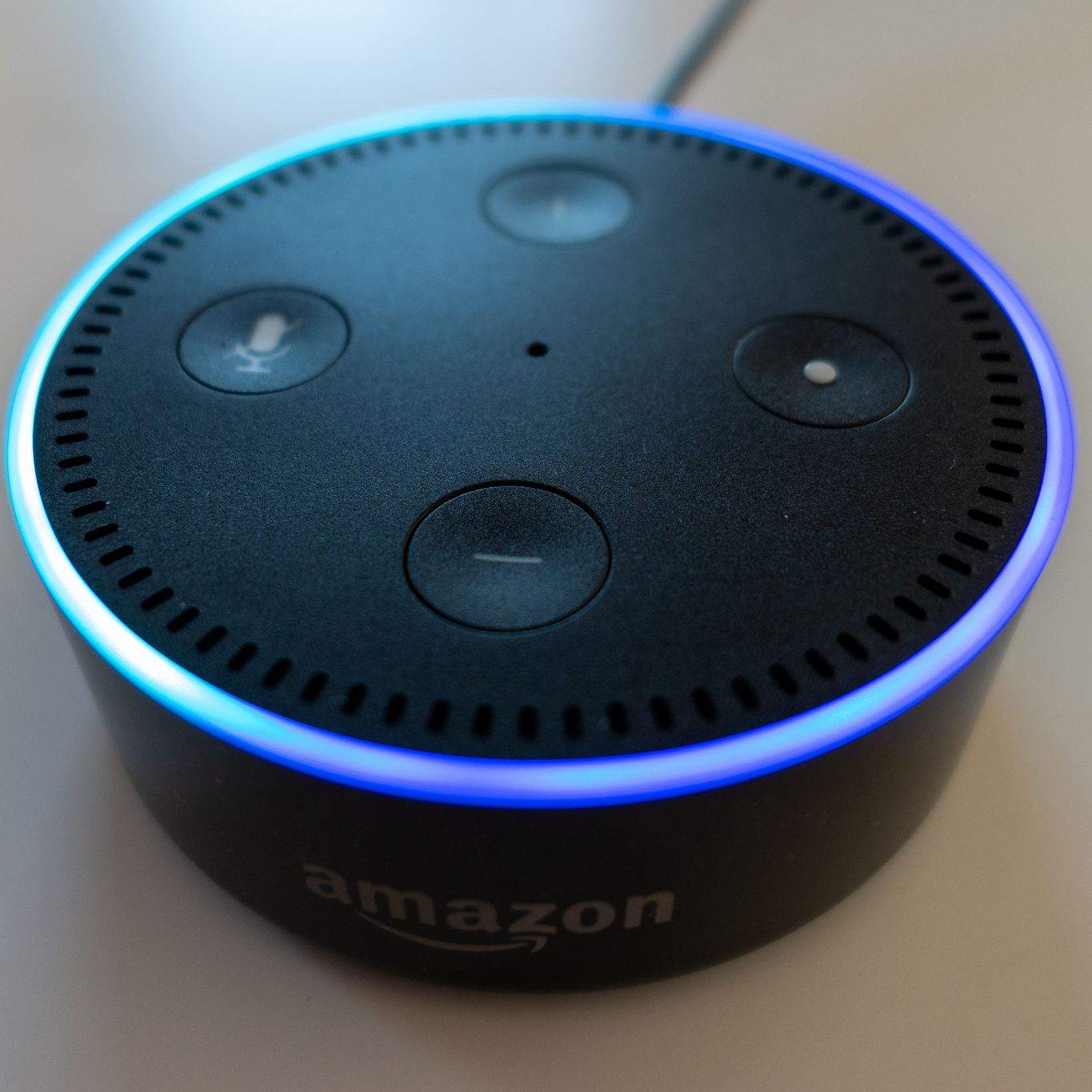

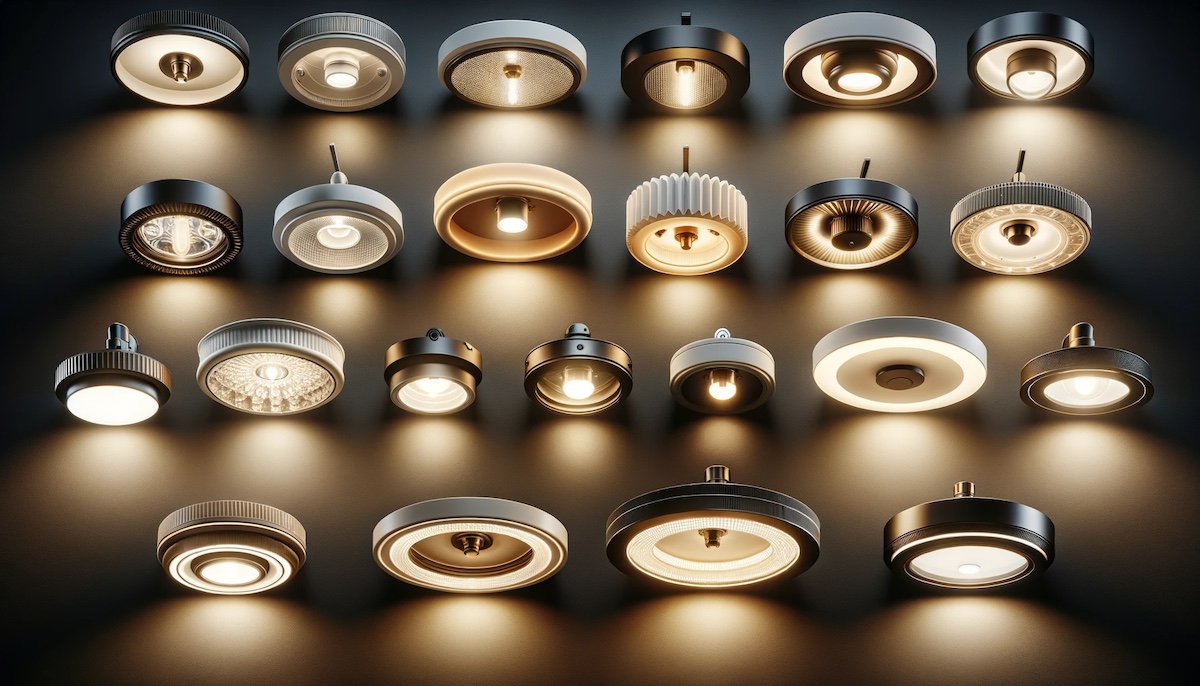

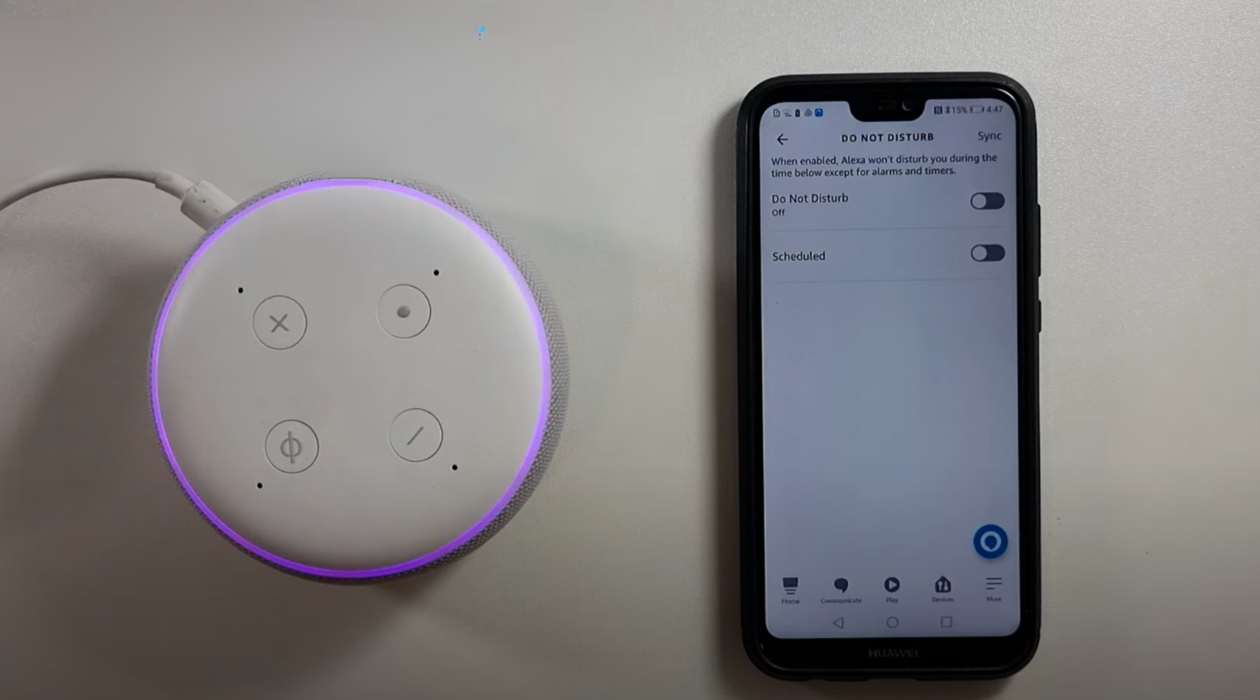

0 thoughts on “What Does A Green Light Bulb Mean”